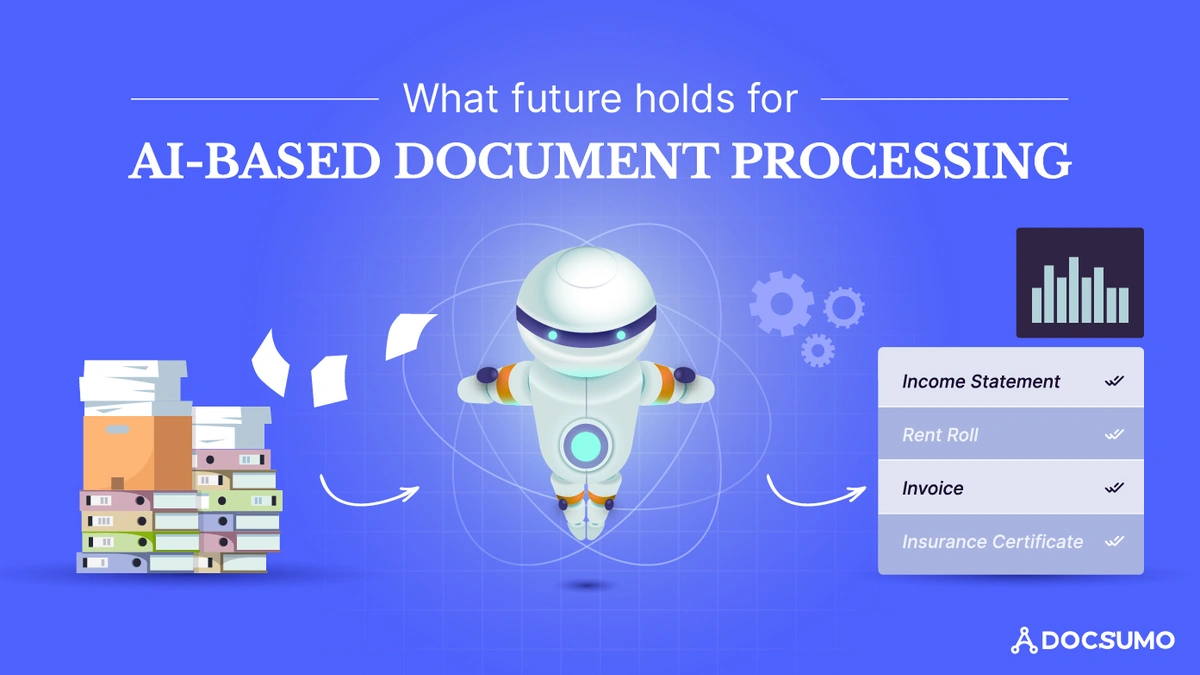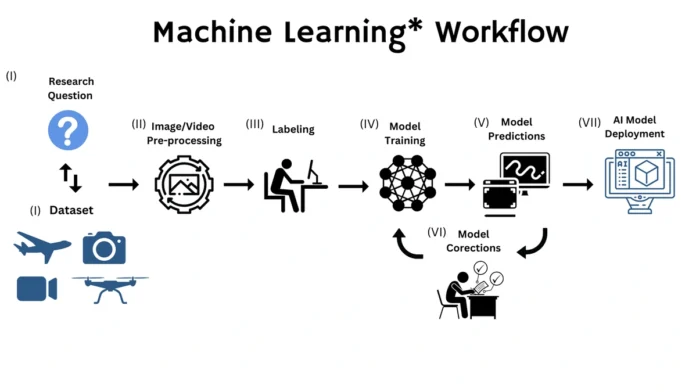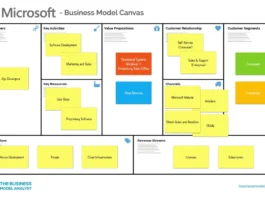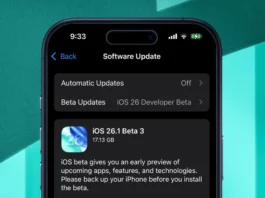Okay, so Intel’s making a big move. But it’s not just about faster computers; it’s about changing how we use them. They’re shifting AI processing power from massive, centralized data centers right onto our desktops. Think about that for a second. What does that even mean for you? Let’s dive in, because this isn’t just tech news, this is a shift in how we interact with technology every single day.
Why This Matters | The AI Everywhere Revolution

Here’s the thing: Artificial intelligence has been this cloud-based, almost ethereal concept for most of us. We use it daily – when Google Photos recognizes faces, or when Spotify recommends songs. But all that heavy lifting happens in distant data centers. Moving AI processing to our local machines, our desktops, our laptops? That’s a paradigm shift. It’s like having a super-smart assistant living right inside your computer, ready to spring into action the moment you need it. And honestly, it’s about time. We’re talking faster response times, enhanced privacy (because your data isn’t constantly being beamed to the cloud), and entirely new possibilities for software and applications. We can expect to see more local AI processing power in the future.
Consider this: imagine video editing software that can intelligently identify and remove unwanted objects from your footage in real-time, without needing to upload everything to a server. Or imagine a music production tool that can generate unique drum beats tailored to your specific composition, all happening offline. That is a huge benefit of on-device AI processing.
But, it’s not just about creative applications. Think about accessibility. For people in areas with limited or unreliable internet access, having AI capabilities built directly into their devices opens up a whole new world of possibilities. Educational apps that adapt to a student’s learning style, medical diagnostic tools that can analyze images without requiring a constant internet connection – the potential is enormous.
How Intel’s Doing It | Processors Optimized for AI
Intel isn’t just magically making this happen. They’re engineering it, literally. They’re building specific AI accelerators into their latest processors. These accelerators are like dedicated engines designed specifically for running AI algorithms. Think of it like this: your CPU is the general-purpose worker, good at a lot of things. But the AI accelerator is the specialist, the expert in crunching the numbers required for machine learning and deep learning tasks. The new processors help to ensure efficient AI workload management .
And it’s not just about the hardware. Intel is also working on software tools and libraries that make it easier for developers to take advantage of these new AI capabilities . This is crucial because, let’s be honest, most developers aren’t AI experts. Intel is trying to lower the barrier to entry, making it possible for anyone to integrate AI into their applications.
A common misconception I see is that this will replace the need for cloud-based AI. Not at all! Cloud-based AI will still be crucial for training large models and handling massive datasets. But for real-time, responsive, and privacy-sensitive applications, on-device AI is the future. It’s about having the right tool for the right job.
The Indian Context | Opportunities and Challenges
Now, let’s bring this back to India. What does all this mean for us? Well, on one hand, it’s incredibly exciting. India has a massive pool of talented developers and a rapidly growing tech industry. On-device AI processing can empower these developers to create innovative solutions tailored to the specific needs of the Indian market. Think about agriculture, for example. Imagine drones equipped with AI-powered cameras that can analyze crop health in real-time, helping farmers to optimize irrigation and pest control. According to this report, mobile AI could revolutionize many businesses.
But there are also challenges. The cost of these new AI-enabled desktops and laptops could be a barrier for many. And access to reliable internet connectivity, while improving, is still an issue in many parts of the country. So, while the potential is huge, we need to ensure that the benefits of this technology are accessible to everyone. Moreover, ensuring data security for AI models becomes increasingly important.
Beyond Desktops | The Future of AI
What fascinates me is where this is all heading. Desktops are just the beginning. We’re already seeing AI processing power being integrated into smartphones, tablets, and even wearable devices. Imagine a future where your smartwatch can detect early signs of a heart attack based on your vital signs, or where your augmented reality glasses can translate foreign languages in real-time. This is the promise of ubiquitous AI, where intelligence is woven into the fabric of our everyday lives.
But with this power comes responsibility. As AI becomes more integrated into our lives, we need to think carefully about the ethical implications. How do we ensure that these technologies are used fairly and responsibly? How do we protect against bias and discrimination? These are questions that we need to address collectively, as a society.
AI Processing at the edge is an important next step for technology. Here’s another articleabout advancements in tech that you might find interesting.
Intel’s move is not just about faster computers. It’s about democratizing AI, making it more accessible, more responsive, and more personal. It’s about empowering us to create a future where technology truly enhances our lives. And that, my friends, is something to be excited about.
FAQ Section
What exactly does “AI processing on the desktop” mean?
It means your computer can run AI algorithms locally, without sending data to the cloud. This enables faster, more private, and more reliable AI applications.
Will this make my current computer obsolete?
Not necessarily. While older computers won’t have dedicated AI accelerators , they can still run some AI tasks. However, newer Intel processors will offer significantly improved performance.
How will this affect my privacy?
Local AI processing reduces the need to send data to the cloud, enhancing your privacy. Your data stays on your device.
What are some examples of applications that will benefit from this?
Video editing, music production, gaming, and accessibility tools are some examples. Anything requiring real-time analysis and response will see major improvements from improved edge AI processing .
Is this only for high-end users or will it benefit everyone?
While initially targeted at high-end users, the benefits of on-device AI will eventually trickle down to mainstream consumers as the technology becomes more affordable.
How does this compare to AI processing on smartphones?
Smartphones also have AI processing capabilities , but desktops generally offer more processing power and memory, allowing for more complex and demanding AI tasks.



